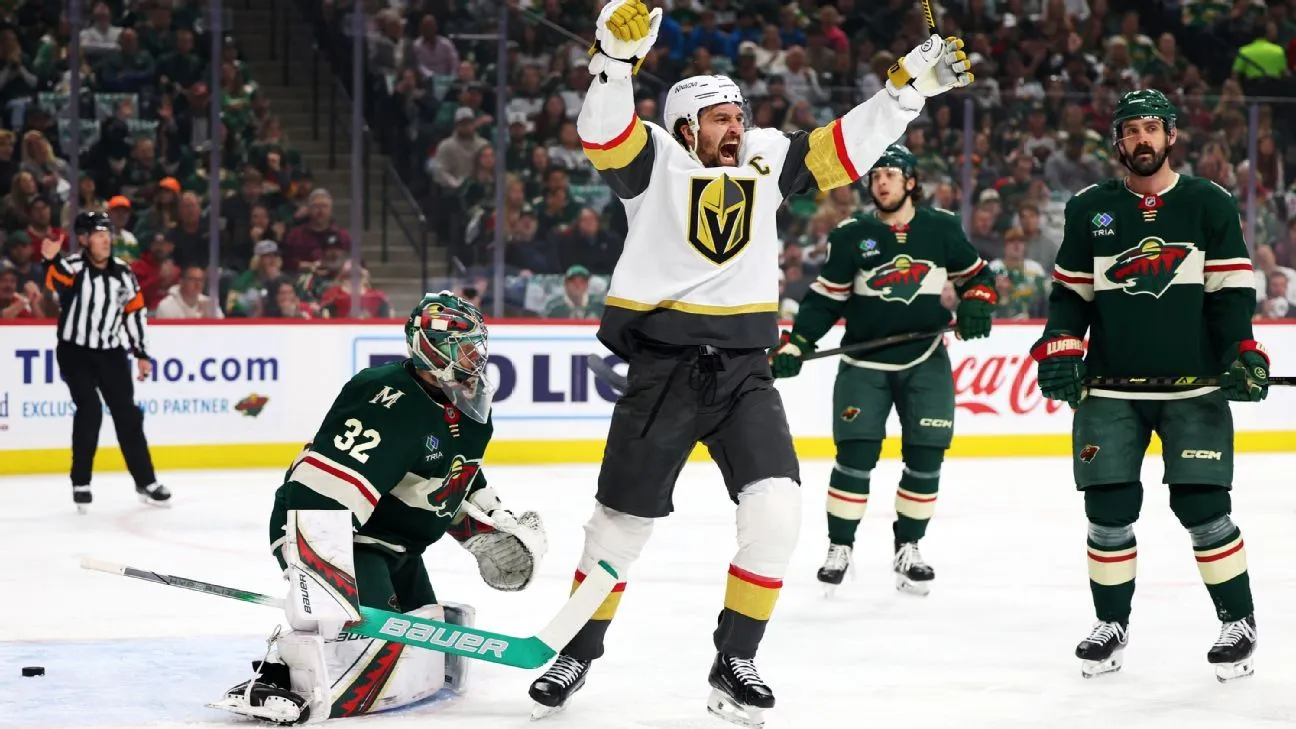The NHL’s New Collective Bargaining Agreement: What You Need to Know
The National Hockey League (NHL) has never shied away from change, and fans of the sport are no strangers to how quickly the league can evolve. As the recent collective bargaining agreement (CBA) comes into effect, there are significant changes that will impact the way the game is played, as well as some fan-favorite stories, including that of the emergency backup goalie (EBUG). This article will delve into the new rules surrounding the NHL’s schedule, the impact on EBUGs, and ten essential takeaways from the new CBA.
The New NHL Schedule: A Jump to 84 Games?
Recently, there has been buzz around the idea of the NHL expanding its regular season to 84 games. This proposal has caused a stir among fans, broadcasters, and players alike. While the traditional 82-game schedule has been the standard, the allure of adding additional games to increase revenue and broadcast opportunities makes the expansion an enticing prospect.
However, increasing the number of games has its challenges. The physical toll on players becomes a primary concern, potentially leading to more injuries over the course of a season. Additionally, teams must consider the implications on travel schedules and player fatigue. But proponents argue that the benefits of increased financial opportunities and fan engagement could outweigh those concerns.
New Rules for EBUGs: What Lies Ahead?
Emergency backup goalies, or EBUGs, have become a cherished part of hockey lore, providing unexpected excitement for fans. Each time an EBUG is called upon, hundreds of stories unfold — from local beer leagues to facing off against star players in the NHL. However, with the advent of new rules and structures introduced in the CBA, the future of these beloved figures may be clouded with uncertainty.
One proposed change involves a new qualification system that would require EBUGs to meet specific guidelines set forth by the league. This could involve increased training or certification requirements, impacting those weekend warriors who have previously realized their dreams of stepping onto the NHL ice.
Moreover, teams may be limited in their hires for EBUG positions, potentially leading to a scenario where fewer diverse stories emerge from the backup goalie position. The excitement of having an accountant or a former college player don the pads may become less common, stripping away some of the charm surrounding these last-minute heroes.
Ten Key Takeaways from the NHL’s New Collective Bargaining Agreement
With the new CBA in place, it’s crucial for fans and stakeholders to understand its implications. Here are ten major changes and considerations:
- Increased Revenue Sharing: The new CBA aims to address financial disparities between teams, creating a more balanced landscape in terms of revenue sharing.
- Salary Cap Adjustments: The CBA will see adjustments to the salary cap system, potentially allowing teams more flexibility in managing their rosters.
- Player Health and Safety Improvements: Revised protocols for health, safety, and injury prevention are a focus, promoting player welfare.
- Enhanced Benefits for Players: Expanded player benefits including mental health support services have been introduced, recognizing the importance of overall welfare.
- Changes to the Draft Lottery: The system for the draft lottery has been revamped to promote fairer competition and discourage tanking.
- New Regulations for EBUGs: As discussed, potential regulations impact EBUG eligibility and training requirements, thus affecting their on-ice stories.
- Adjustment in Franchise Fee: The fees for new franchises could see revisions as part of the CBA to better reflect the league’s growth.
- Stipulations for Player Contracts: Changes have been made to contract structures, allowing for more flexibility in negotiations.
- Support for Women’s Hockey: The CBA includes provisions to fund and promote initiatives that support women’s hockey and its growth within the sport.
- Increased Focus on Social Justice Initiatives: The NHL has committed to improved diversity and inclusion practices within the league.
The Future of NHL Hockey
As the NHL gears up for the next chapter under this new CBA, fans can expect a unique blend of tradition and evolution. For many, EBUGs symbolize the unpredictable and magical moments that make hockey special. Whether these new regulations will dampen the stories of heroic backups remains to be seen — what is certain, however, is that the charm of the game will continue to captivate its audience.
As we witness these changes unfold, one thing is clear: the NHL remains committed to enhancing the game while striving for a balance between growth and preserving the essence that has made hockey beloved by fans worldwide. Only time will tell how these transformations will shape the sport, but anticipation continues to build for the next season ahead.







